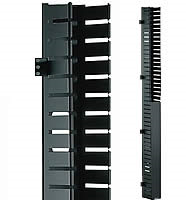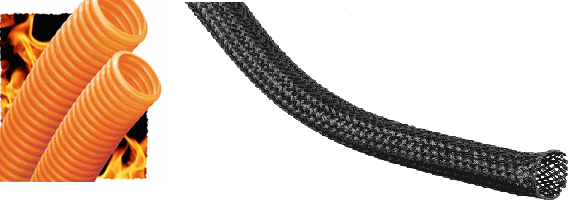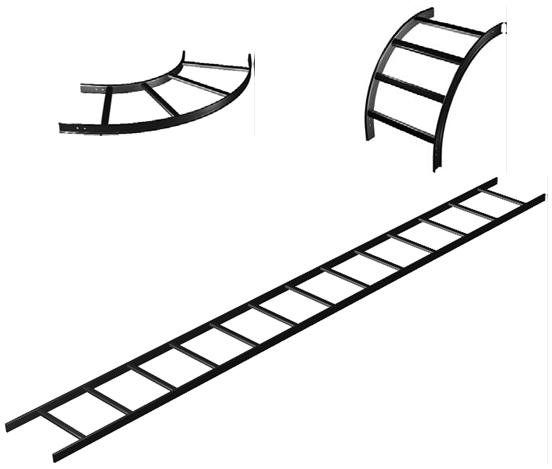Cable Management is a key component of Data Center and Network Management. It refers to an important step during the installation of building services (ie electrical services) and the subsequent installation of equipment providing means to efficiently secure electrical, data, and other cables including the power distribution system.
Properly arranged cables increase problem resolution time dramatically. The purpose of cable management is two fold i.e to support the cables while being routed through the building from Point A to B (often called containment), and to make subsequent management of the cables through the lifetime of the installation easier.
For Data Cables, once an errant port has been identified, it is much more efficient to trace cables located in a cable management system to replace bad cables. Cables that are organized and well labeled are much more efficient and capable of being manipulated during troubleshooting operations.
Cable Trays, Cable Ladders, and Troth are used for cable management. They are typically used to route cables in an organized manner both vertically and horizontally. In addition flexible loom or flex conduit are also used to route cables in an organized manner both vertically and horizontally. Cable run is the path that a cable would be routed to achieve connectivity between point A and point B.
Communications. Racks are used to house Data Cables in an organized, efficient fashion. Communications racks are also used to assist in cooling equipment and keeping the computer room environment temperature uniform.
Cabling/Labeling Procedure
- Cables will also be labeled properly to ensure accurate replacement.
- Labeling should be the same at both ends of the cable.
- Cable management will detail “A” and “Z” locations to show end to end connectivity.
- Equipment should be labeled with an accurate DNS Name and IP address.
- Cable trays will be implemented to organize cable runs.

- Precut and crimped cables will be the correct lengths to ensure short & straight connectivity and minimal overlapping and over running of cables.
- This also assists in tracing of cables.
- Data Center equipment should also be labeled properly to ensure the proper port on a device will be manipulated.
- Hardware management document is in place to ensure locating devices accurately.
Cable Management Diagrams
These cable management diagrams are a reference to how cables will be sorted and organized in server racks.
Reduces Maintenance Time Dramatically.


Flex Conduit/Innerduct:

Cable Management Ladder Sections
- Cable ladders are individually boxed with handles for ease of transport
- Compatible with most popular brands and accessories of cable ladders
- Works on both new and existing installations
- They have a highly scratch resistant, durable black powder coat and other various finishes.
- Once cable specifications are correct, cables should be installed from the switch horizontally, turned 90 degrees across a ladder rack to avoid radical turn that can damage cables, then routed vertically and connected to equipment.
- All cables should be run in a neat uniform fashion.
- Once cables have been routed properly they should be wrapped with cable ties every two to three feet apart to secure uniformity.

Discover more from Electrical Engineering 123
Subscribe to get the latest posts sent to your email.
